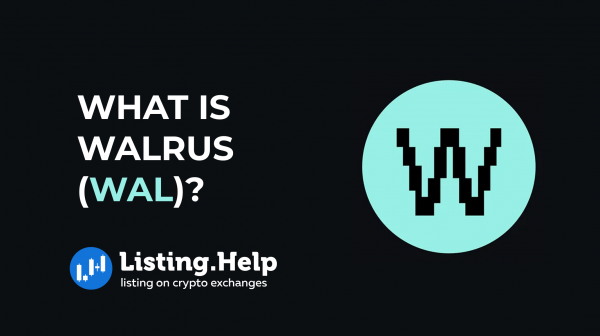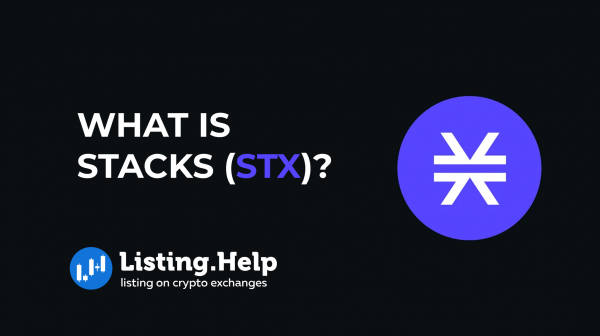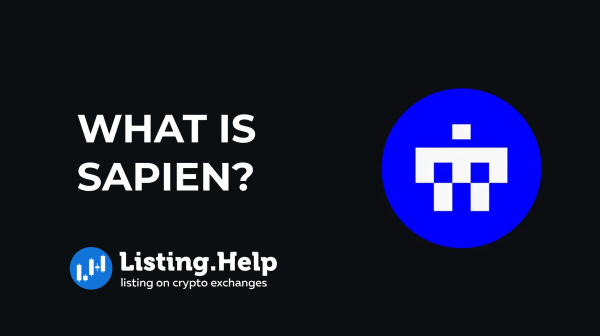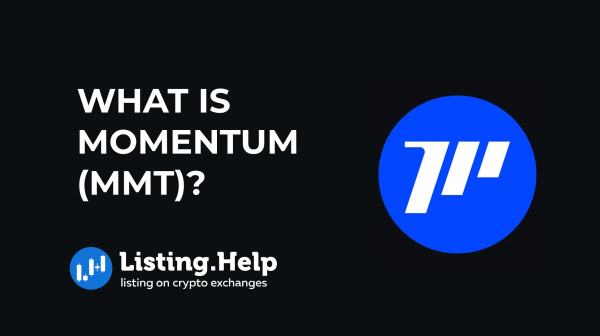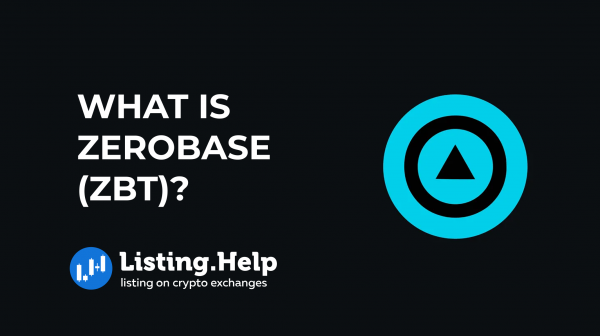What is Casper (CSPR)?
 November 19, 2024
November 19, 2024 Updated: November 19 2024, 11:23
Updated: November 19 2024, 11:23
LEAVE A REQUEST
Launching your own token project? Our experts are ready to help with listing on exchanges, market making, marketing and other solutions
SUBMIT APPLICATIONEthereum and other smart contract platforms like BNB Chain, Avalanche, and Solana have gained significant traction by utilizing blockchain’s security features to support diverse computing applications. These platforms power decentralized finance (DeFi), gaming, social networks, and more, fundamentally changing how everyday users interact with blockchain technology.
Casper is a relatively new player in the smart contract platform space, offering developers tools to create decentralized applications (dapps) using common programming languages and making them accessible to users. Its network relies on a Proof of Stake consensus mechanism, a less energy-intensive alternative to Proof of Work, to maintain security and reliability.
What makes Casper stand out is its unique consensus protocol, Highway. Consensus protocols are the foundation of how blockchain networks validate transactions and maintain an agreed-upon state of the chain. Unlike the traditional Byzantine Fault Tolerance (BFT) approach, Highway employs a correct-by-construction (CBC) Casper method. While Ethereum incorporates a version of CBC in its design, Casper’s implementation is distinct and tailored to its needs.
Casper’s native token, CSPR, serves a similar purpose to Ethereum’s ETH. It supports the network by being staked by validators and delegated by users, provides rewards for securing the platform, and is used to cover transaction fees.
The Development of Casper
Casper was created by Casper Labs, a Swiss-based company led by CEO Mrinal Manohar and CTO Medha Parlikar. Manohar has a background in private equity, while Parlikar has extensive experience managing software projects.
The concept behind Casper has its roots in 2013, when two developers proposed GHOST, a rule designed to improve the scalability and speed of Bitcoin transactions. Over the years, researchers built on this idea. Among them was Vlad Zamfir, who worked with the Ethereum Foundation and initially served as lead architect for Casper Labs. (Zamfir later sued over the use of the name “Casper.”)
Ethereum founder Vitalik Buterin and collaborator Virgil Griffith published a pivotal paper in 2019 called “Casper the Friendly Finality Gadget.” The paper introduced a Proof of Stake system featuring penalties for malicious activity, guidelines for resolving chain forks, and mechanisms for managing validator sets. This laid much of the groundwork for Casper’s consensus approach.
In early 2021, Casper Labs and researchers from UC San Diego released a paper detailing a new consensus mechanism tailored specifically for the Casper blockchain. Just months later, Casper’s network launched with its genesis block in May 2021. While Ethereum has since adopted a related model called Gasper following its Merge upgrade, Casper remains the primary platform using the CBC-Casper method at its core.
How Casper Work?
Casper uses a correct-by-construction (CBC) approach to achieve consensus among its validators. Validators are nodes that share and process messages to agree on the validity of newly proposed blocks. A block proposer gathers pending transactions, includes their hashes in a proto-block, and sends it for consensus. Once consensus is reached, the block is finalized.
After a block is finalized, validator nodes process its transactions and update their internal state. They then send finality signatures to confirm that the block has been added to the chain and their state has been updated.
Since the launch of Casper’s mainnet in March 2021, the network has undergone five major upgrades. These updates were developed in response to feedback from the community and Casper Association. Upcoming releases include features like “fast synchronization” in version 1.5, which will allow new nodes to join the network without having to process every block from the start.
Use Cases for the Casper Network
Casper Network is designed to address the growing demands of blockchain technology as its adoption continues to expand. Its architecture supports several practical applications:
Tokenization of Assets
Tokenization involves creating digital tokens to represent real or virtual assets, making them tradeable on a blockchain. This process also enables fractional ownership, where expensive assets can be divided into smaller portions for broader market participation. Tokenization can even establish microeconomies, such as using tokens for rent, maintenance, or upgrades in a tokenized building.
Casper, as a Layer 1 blockchain, provides businesses with a reliable platform for tokenizing assets and unlocking new economic possibilities.
Upgradeable NFTs
Casper’s smart contracts are designed to be upgradeable, including those used for non-fungible tokens (NFTs). This allows NFT creators to modify their contracts without incurring high costs, fostering continuous innovation and encouraging a thriving creator ecosystem.
Financial Standards on Blockchain
Tokenized financial instruments, such as bonds and derivatives, promise increased efficiency and transparency. However, standardized processes are needed to realize these benefits fully.
Casper addresses this challenge by implementing the ACTUS algorithmic standard, an open-source framework for managing financial contracts. This combination of blockchain technology with ACTUS enables businesses to develop transparent, verifiable financial instruments on-chain, enhancing market integrity and reducing systemic risks.
On-chain Ownership and Rights Management
When assets are tokenized, their ownership rights are also recorded on the blockchain. This ensures that even fractionalized assets have clearly defined and easily traceable ownership. Casper’s chain-of-custody (CoC) system for patent records exemplifies this capability. Using NFTs to store patents ensures secure ownership tracking, preserving intellectual property rights and creating a reliable record of ownership.
Through these use cases, Casper positions itself as a robust blockchain platform for businesses and individuals seeking practical and innovative applications of decentralized technology.
Casper (CSPR) Token
CSPR is the native token powering the Casper Network, serving several important functions within the ecosystem:
1. Staking and Validation: CSPR is required for staking to become a node validator on the Casper Network.
2. Rewards for Validators: Validators who secure the network receive CSPR as rewards for their participation.
3. Transaction Fees: CSPR is used to pay fees for transactions and other activities on the network.
At its launch, the Casper network created 10 billion CSPR tokens. Unlike fixed-supply tokens, CSPR has an annual inflation rate of approximately 8%. This inflationary model encourages holders to stake or delegate their tokens to validators, ensuring the network remains secure and active. Additionally, it supports ongoing economic activity within the Casper ecosystem.

For more insights and updates on the crypto world, don’t forget to check out our blog at Listing.Help






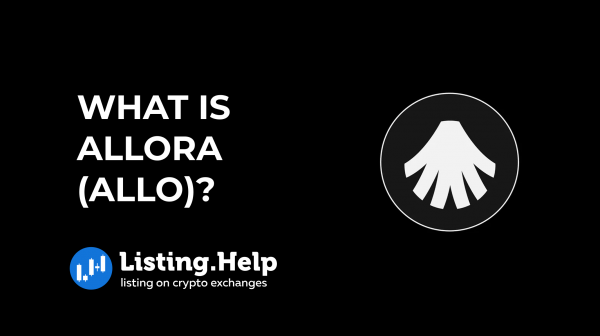
 December 29, 2025
December 29, 2025 
